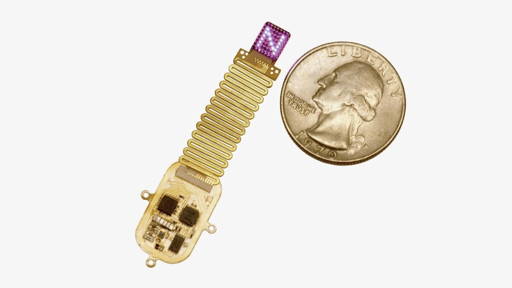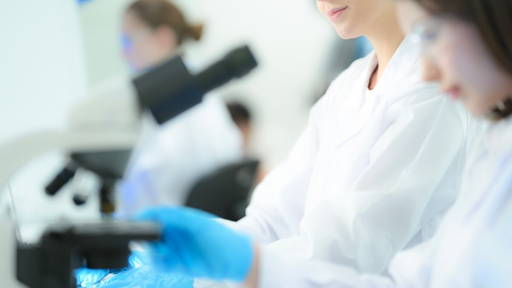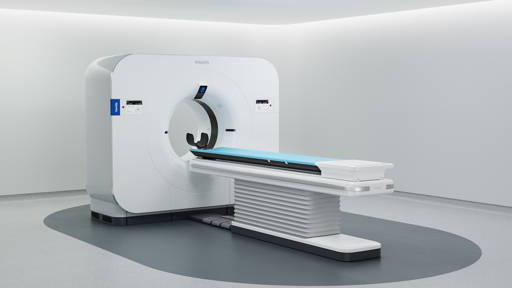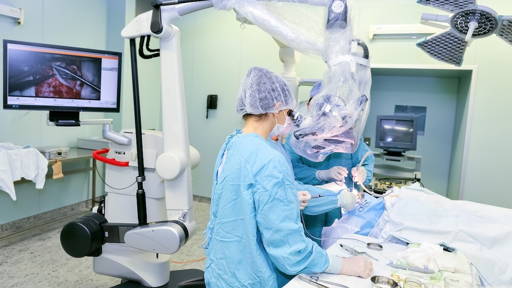Innovative lighting technology from astronomy will soon be making its way into the operating theatre. Surgeons at Leiden University Medical Centre (LUMC) are collaborating with astronomers and technology companies on a new optical instrument that makes tumour tissue and disrupted blood flow immediately visible during surgery. The technique, which originated from research into exoplanets, promises to have a major impact on precision surgery and healthcare outcomes.
Thanks to a 1.3 million euro grant from the Netherlands Organisation for Scientific Research (NWO), the “Hyperion” project is taking shape. The aim of the project is to develop a compact, mobile and clinically usable instrument within six years that will help surgeons distinguish between healthy and diseased tissue.
From telescope to operating table
The origin of this medical innovation lies with astronomer Frans Snik (Leiden University). His expertise in spectral and polarisation analysis, techniques used by astronomers to analyse light from stars and exoplanets, has proven applicable in healthcare. Instead of detecting planets or stars, the system will soon be able to detect tumours or abnormal blood flow. This is crucial information during oncological or vascular surgery, for example.
‘We use light spectra to assess blood flow and polarisation to recognise tissue structures. Tumours often have an abnormal polarisation pattern. This offers opportunities for faster, more accurate decisions during operations,’ explains vascular surgeon Joost van der Vorst (LUMC).
Technology with an impact on patient care
Surgeons currently have limited means of determining exactly where a tumour ends and healthy tissue begins during surgery. Assessing tissue blood flow, for example in diabetic patients, also remains difficult. Existing commercial systems are often cumbersome, inaccurate or too expensive, which can negatively affect the quality of care.
The planned Hyperion instrument aims to change this. The device, which is about the size of a shoebox, will be handy, mobile and usable in a variety of clinical situations. ‘Because we can fully control the lighting conditions in the operating theatre, analysing body tissue is even easier than analysing starlight,’ says Van der Vorst.
Accelerating innovation through collaboration
The Hyperion project is an example of successful public-private collaboration within the NWO programme Future Optical Broadband Systems, part of the Knowledge and Innovation Covenant (KIC). In addition to the LUMC and Leiden University, Quest Medical Imaging, CHDR and Cosine are also involved, as well as various doctors and patient organisations.
Led by Van der Vorst, the consortium will work on developing, testing and optimising the prototype in the coming years. The ambition of the project is to develop a clinically validated tool that increases surgical precision, reduces complications and lowers healthcare costs.
Recognising tumour tissue
The ability to recognise tumour tissue and distinguish it from healthy tissue during surgery or treatment is of great importance. Last year, a 3D navigation system was introduced at the Dutch Catharina Hospital to support surgeons in this regard. During operations for advanced or recurrent rectal cancer, surgeons can use this system to see with millimetre precision where tumours are located in the pelvis in relation to vital structures such as blood vessels and nerves. This not only allows tumour tissue to be removed much more precisely, but also reduces the risk of complications such as incontinence, impotence and pain.
At Erasmus MC, a hyperspectral camera has been used for several years to distinguish between healthy and tumour tissue in ovarian cancer. This technology, developed by TU Delft and Erasmus MC, registers up to 125 light bands per pixel. This allows surgeons to distinguish between healthy and tumour tissue directly in the operating theatre, even where scar tissue makes visual recognition difficult. This solution also ensures that tumour tissue can be removed more precisely and healthy tissue is spared.









